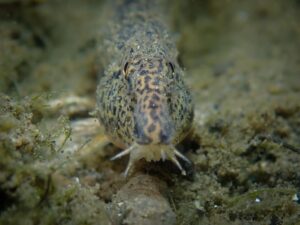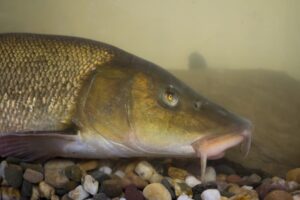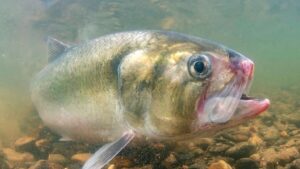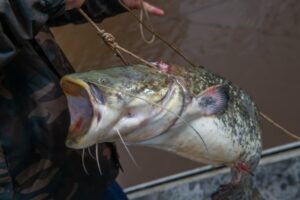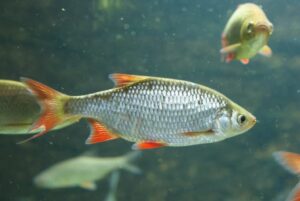Panfish: Eurasian Rudd (Scardinius erythrophthalmus)
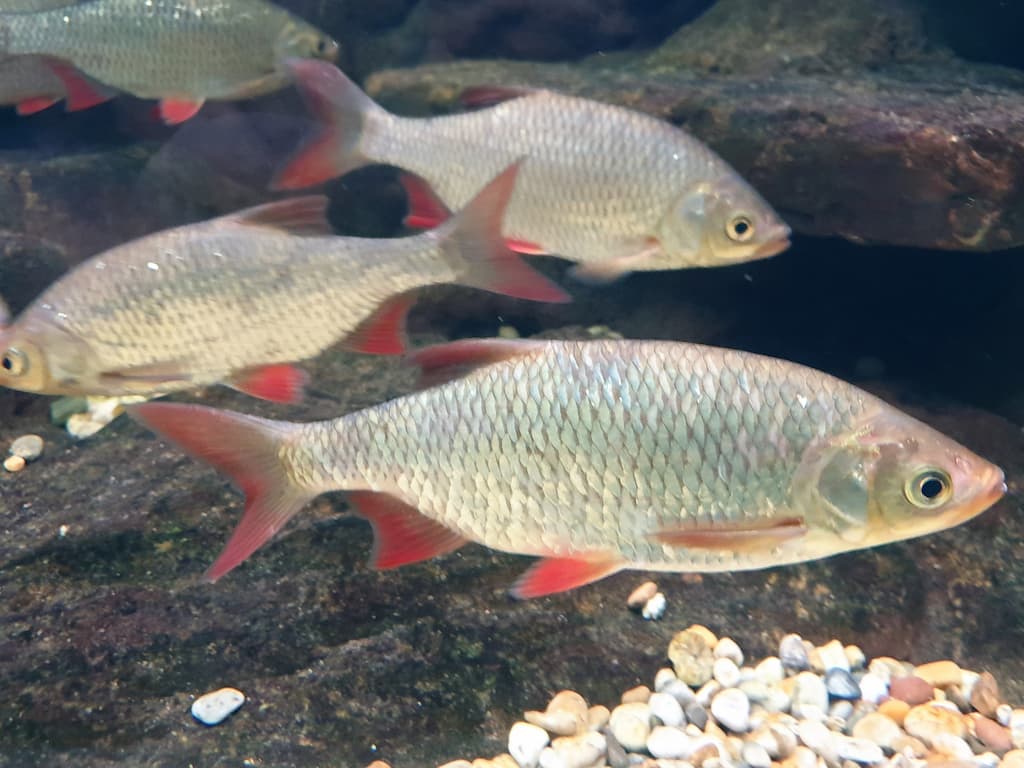
The Eurasian Rudd (Scardinius erythrophthalmus) is one of the most commonly caught river fish, often confused with roach.
Anglers take pleasure in targeting these fish, whether to create impressive catches or to acquire lively bait for pike and other predatory species. In this article, we will delve into the world of rudd, exploring its characteristics, habitat, fishing techniques, and more.
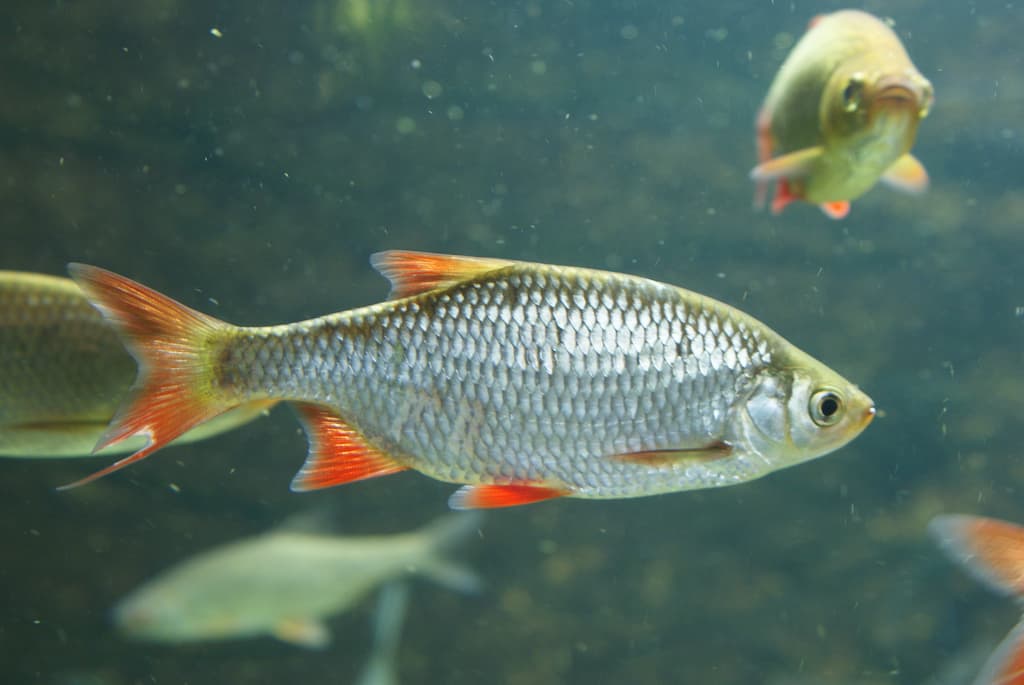
Description of the Eurasian Rudd
Determining the Eurasian Rudd
The Eurasian Rudd (Scardinius erythrophthalmus) shares many similarities with its cousin, the Roach. It has a fusiform body, slightly laterally compressed, with a rounded and elevated back compared to the roach. The rudd has a small head with large eyes, featuring yellow irises that exhibit golden reflections (unlike the red irises of the roach). This species has a prominent lower jaw and an upward-slanting mouth.
One distinguishing characteristic between the Eurasian rudd and roach is the placement of the dorsal fin, which is positioned farther back than the pelvic fins. The belly of the rudd is keeled between the ventral fins and the anus. Its overall coloration ranges from olive gray to greenish-brown, with silver sides and a bright white belly adorned with silver reflections. The dorsal, anal, and pelvic fins display a vibrant red hue. The Eurasian rudd is covered in larger scales compared to the roach.
| Class |
| Actinopterygii |
| Order |
| Cypriniformes |
| Family |
| Cyprinidae |
| Genus |
| Scardinius |
| Species |
| S. erythrophthalmus |
| Binomial Name |
| Scardinius erythrophthalmus (Linnaeus, 1758) |
Size and Weight
The average size of an Eurasian rudd ranges from 15 to 30 cm, with a weight of 0.5 to 1 kg. Some individuals can grow as large as 50 cm and weigh up to 2 kg.
Longevity
The lifespan of a rudd is typically between 15 and 17 years.
Habitat and Lifestyle
Habitat
The Eurasian rudd is widespread across Europe, except for the Iberian Peninsula, northern Scandinavia, Scotland, and southern Greece. It favors grassy areas with calm waters, vegetation-lined ponds, and slow-flowing rivers. This species forms shoals of varying sizes that often mingle with other cyprinids. The rudd is a robust fish that can thrive even in polluted waters.
Diet
The Eurasian rudd is primarily an omnivorous fish. Its diet consists of drifting insects, zooplankton, and seeds on the water’s surface. It also consumes mollusks, crustaceans, fish eggs, macrophytes, and phytoplankton. Larger adult rudd mainly feed on algae and other aquatic plants. It feeds directly on or just below the water’s surface. However, when food is concentrated at the bottom, it is not uncommon to observe rudd “playing with roach.” The diurnal activity of the rudd is particularly significant during the summer and closely linked to water temperature.
Reproduction
Rudd reach sexual maturity at around 2 to 3 years of age. From April to June, females deposit between 100,000 and 200,000 reddish-colored eggs. These eggs, measuring 1.4 to 1.7 mm in diameter, adhere to aquatic vegetation in shallow water areas. Subsequently, the eggs are fertilized by the males. Hybridization can occur between rudd and other cyprinids, such as roach, bleak, and bream. Hybrids with roach are common, resulting in offspring that are difficult to distinguish.
The Significance of Eurasian Rudd for Anglers
The rudd holds equal interest to roach for anglers. When rudd shoals are abundant, they offer an exciting fishing experience. Additionally, their propensity for feeding near the water’s surface can unexpectedly transform a session targeting roach into a thrilling rudd fishing adventure. While rudd flesh is not particularly sought after due to its numerous bones, these fish serve as excellent live bait for predator fishing, thanks to their remarkable resilience.
Fishing Technique: Pole Fishing
Eurasian Rudd are typically caught using pole fishing techniques, keeping the bait very close to the bottom after ample groundbaiting. They are particularly responsive to bloodworms and red pinkies. Rudd fishing with hemp and pearl barley is also highly effective, as these fish greatly appreciate the taste of hemp seeds. All fishing techniques applicable to roach can be employed for rudd fishing as well.
Common name for the Eurasian Rudd
Rudd is also known as redeye in UK and pearl roch in the USA.
Most popular common names for the rudd are rotengle (french), vengeron (swiss french), rotauge (german), scardola (italian), escardinio (spanish), rietvoorn (dutch) and wzdrega (polish).
Conservation Status of Rudd
The Eurasian Rudd is classified as LC (Least Concern) in the IUCN Red List. This category signifies that the species is widely distributed and abundant, with no immediate conservation concerns.

